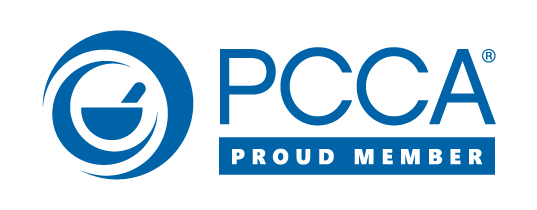Blog
Although sunlight is important for people to acquire immune-boosting Vitamin D, too much exposure to ultraviolet (UV) rays cause people to be at a greater risk for skin cancer.
Some people think about sun protection only when they spend a day at the lake, beach, or pool. But sun exposure adds up day after day, and it happens every time you are in the sun. However, it’s also unwise to stay inside if it keeps you from being active because physical activity is important for good health.
There are many ways you can protect yourself while still having a good time in the sunshine. You can:
Seek Shade
An obvious but very important way to limit your exposure to UV light is to avoid being outdoors in direct sunlight for too long. It is particularly important between the hours of 10 am and 4 pm when UV light is at it’s strongest.
Protect With Clothing
When you are out in the sun, wear clothing to cover your skin. Clothes provide different levels of UV protection. Long-sleeved shirts, long pants, or long skirts cover the most skin and are the most protective. Dark colours generally provide more protection than light colours. A tightly woven fabric protects better than loosely woven clothing.
Use Sunscreen
Sunscreen is a product that you put on your skin to protect it from the sun’s UV rays. But it’s important to know that sunscreen is just a filter – it does not block all UV rays. Sunscreen should not be used to prolong your time in the sun. Even with proper sunscreen use, some UV rays still get through. Because of this, sunscreen should not be your first line of defence.
Consider sunscreen as one part of your skin cancer protection plan, especially if staying in the shade and wearing protective clothing isn’t available as your first option.
Sunscreen is available in many forms – lotions, creams, ointments, gels, sprays, wipes, and lip balms, to name a few. When choosing a sunscreen, be sure to read the label. Sunscreens with broad-spectrum protection (against both UVA and UVB rays) and with sun protection factor (SPF) values of 30 or higher are recommended.
SPF 15 sunscreens filter out about 93% of UVB rays, while SPF 30 sunscreens filter out about 97%, SPF 50 sunscreens about 98% and SPF 100 about 99%. Sunscreens with an SPF lower than 15 must now include a warning on the label stating that the product has been shown only to help prevent sunburn, not skin cancer or early skin ageing.
Wear a Hat
A hat with at least a 2- to 3-inch brim all around is ideal because it protects areas that are exposed to intense sun, such as the ears, eyes, forehead, nose, and scalp.
Wear Sunglasses
UV-blocking sunglasses are important for protecting the delicate skin around the eyes, as well as the eyes themselves. Research has shown that long hours in the sun without protecting your eyes increase your chances of developing certain eye diseases.
The ideal sunglasses should block 99% to 100% of UVA and UVB rays. Labels that say “UV absorption up to 400 nm” or “Meets ANSI UV Requirements” mean the glasses block at least 99% of UV rays. Those labelled “cosmetic” block about 70% of UV rays.
Protecting Children
Children need special attention. They tend to spend more time outdoors, can burn more easily, and may not be aware of the dangers. Parents and other caregivers should protect children from excess sun exposure by using the steps above. It’s important, particularly in sunnier parts of the world, to cover your children as fully as is reasonable.
Babies younger than six months should be kept out of direct sunlight and be protected from the sun using hats and protective clothing. Sunscreen may be used on small areas of exposed skin only if adequate clothing and shade are not available.
Play it Safe
Summertime is a great time to be out in the sunshine. However, you should always consider your amount of sun exposure and protect yourself from the harmful rays of too much exposure that can result in skin cancer.







